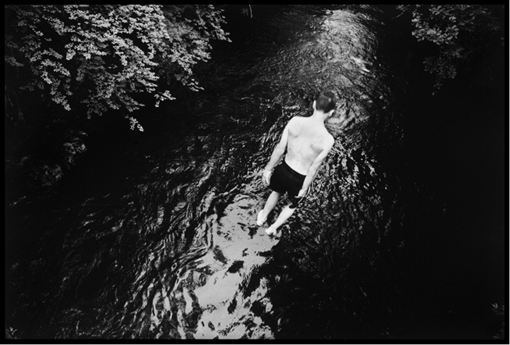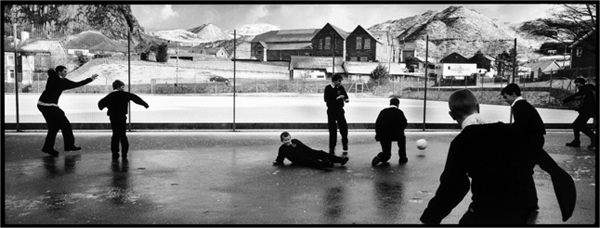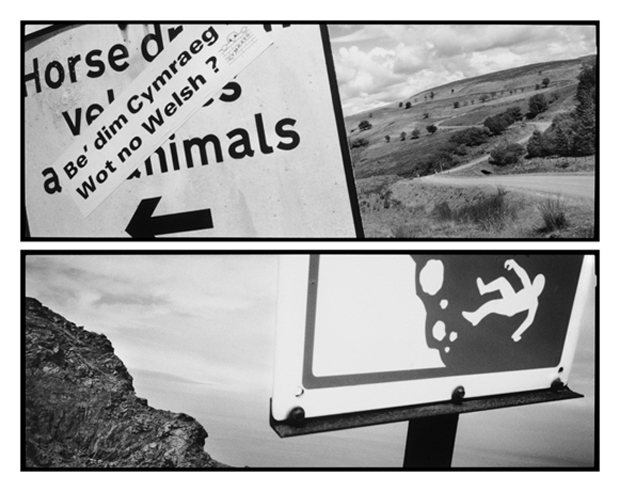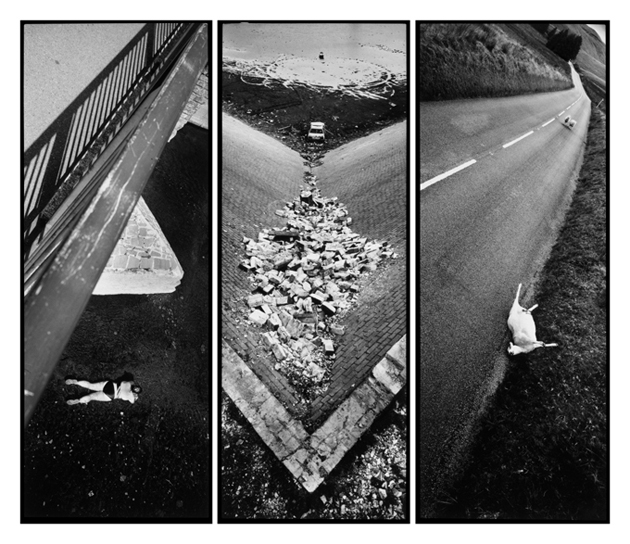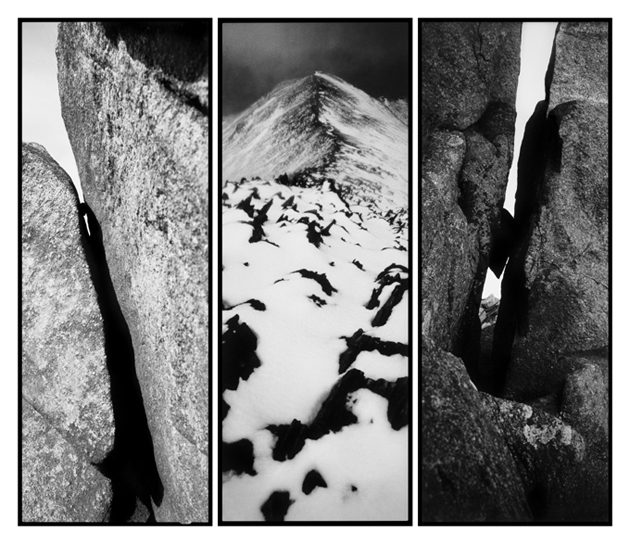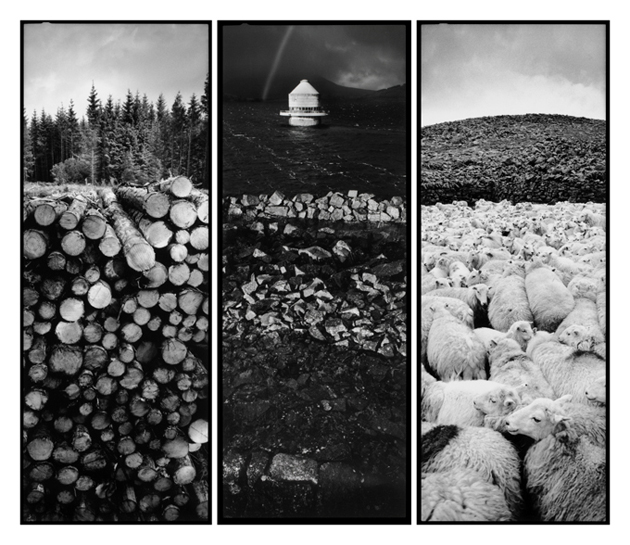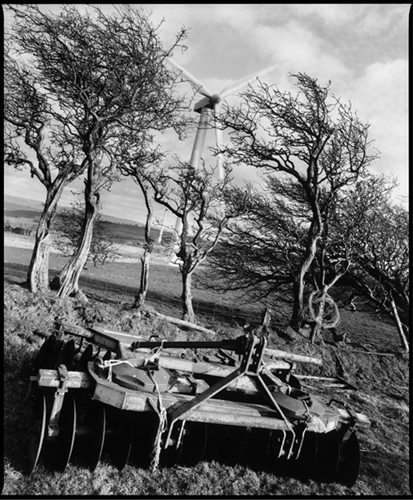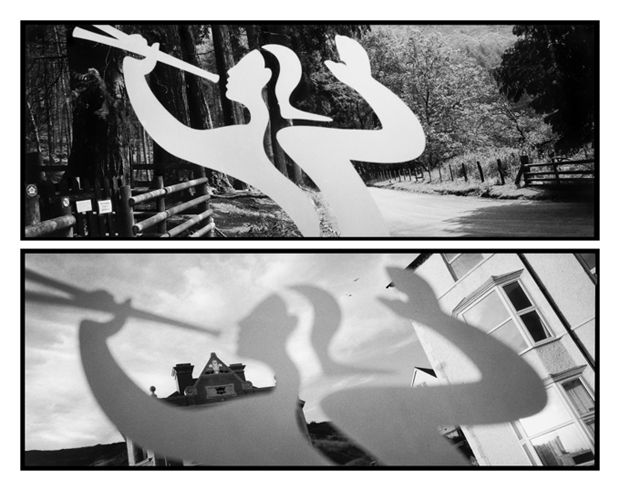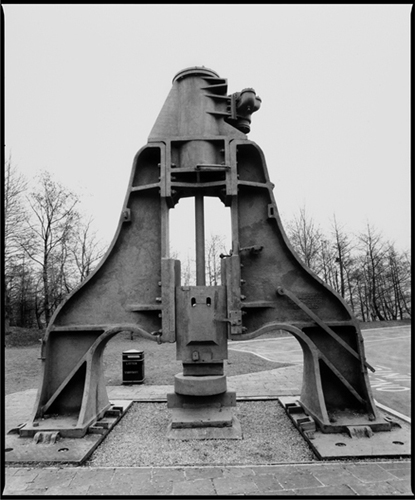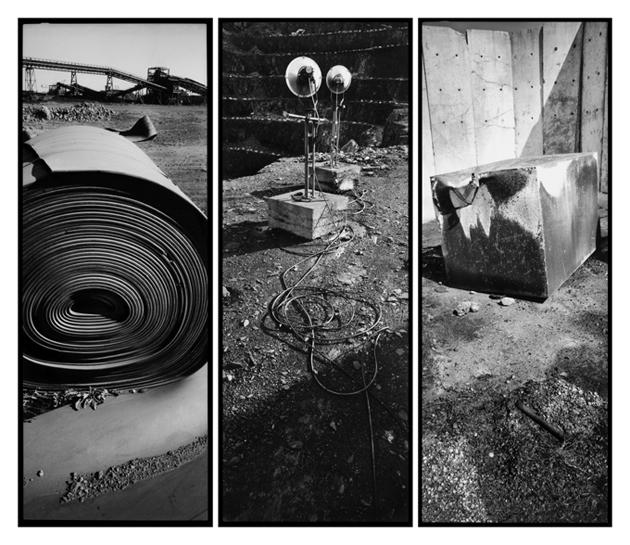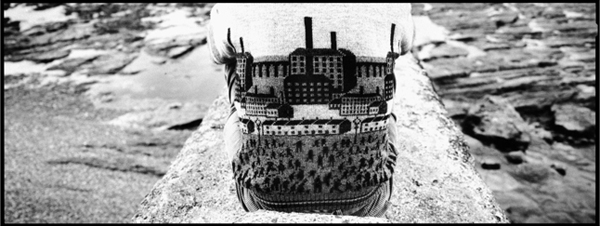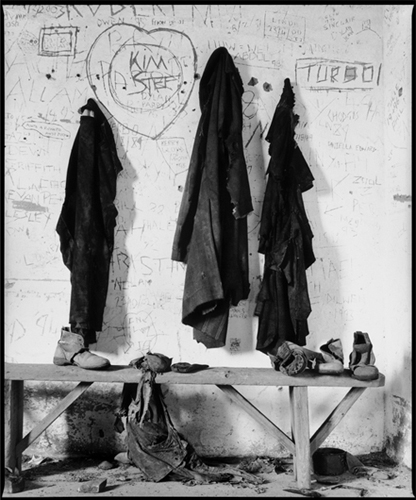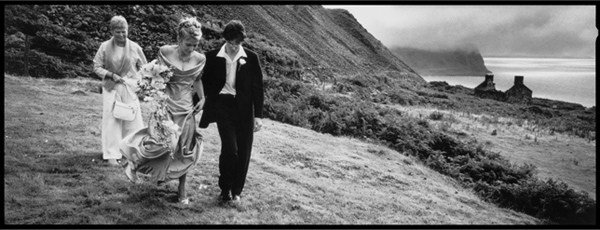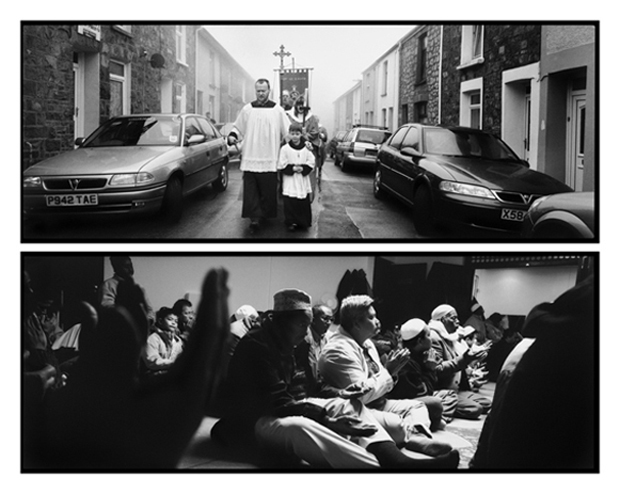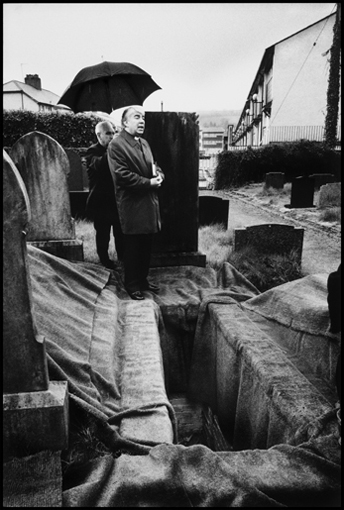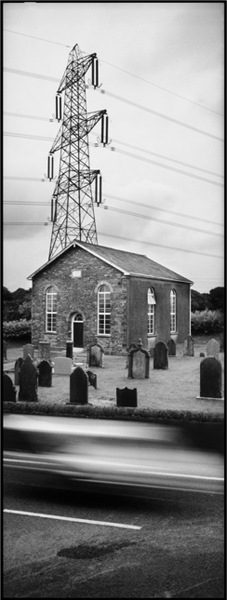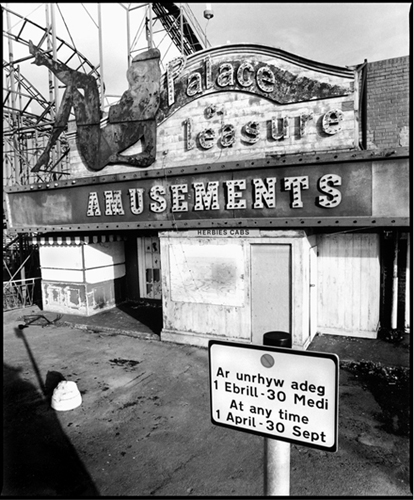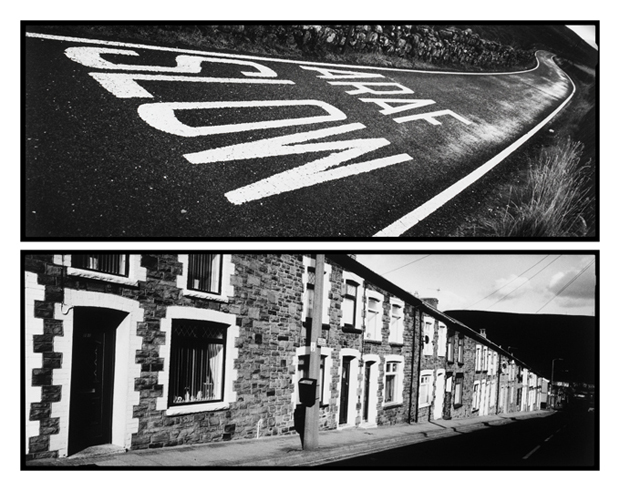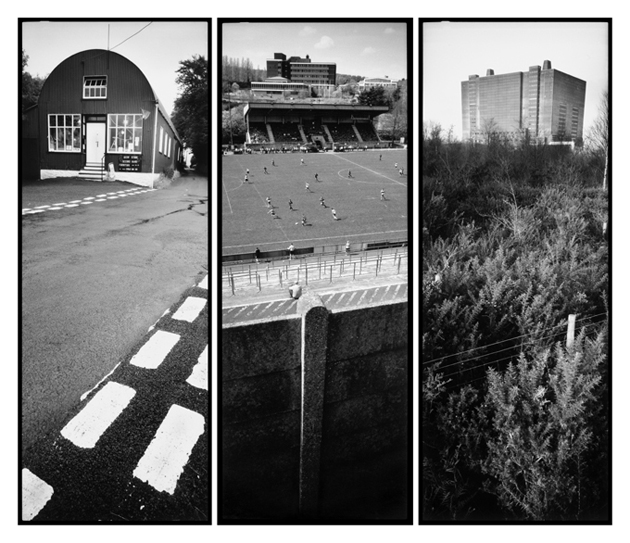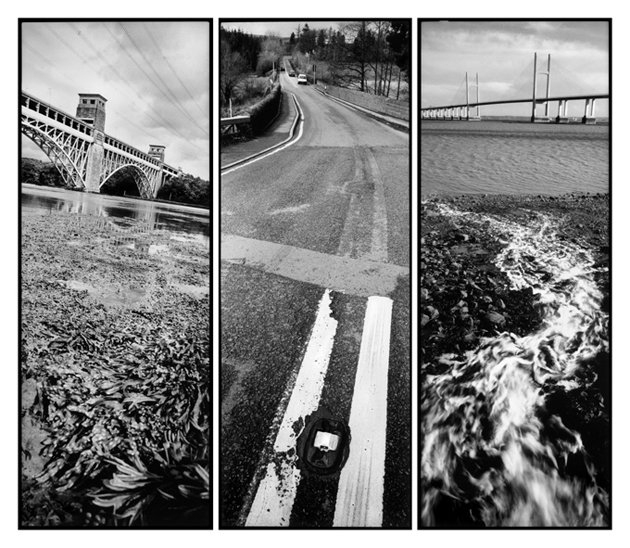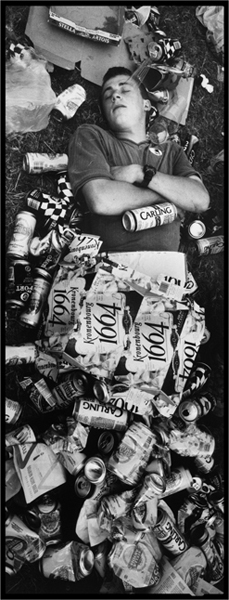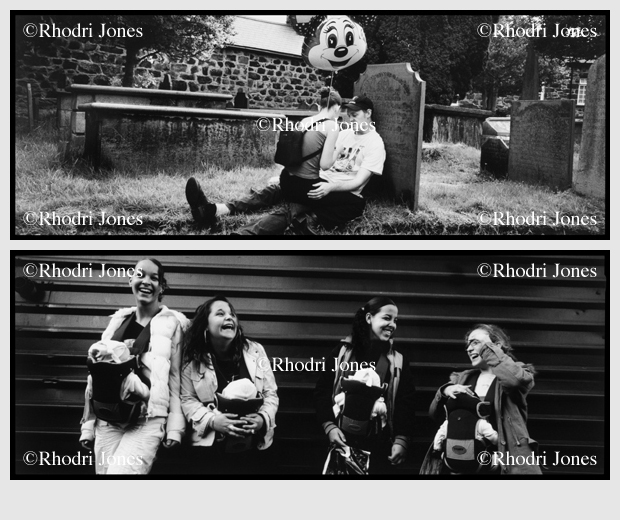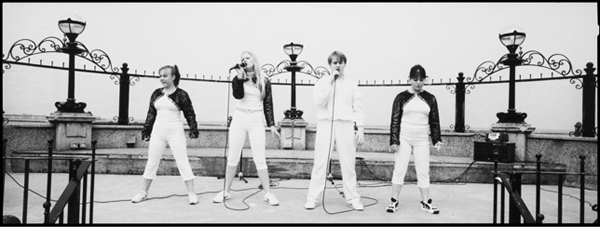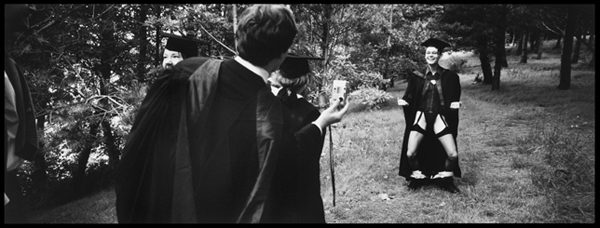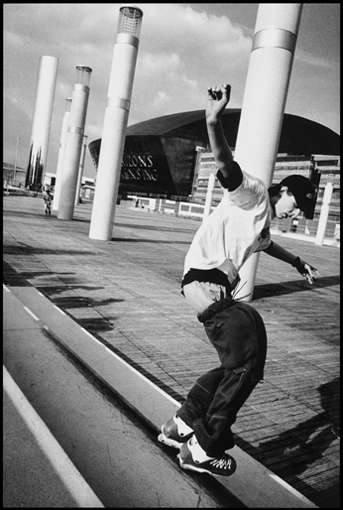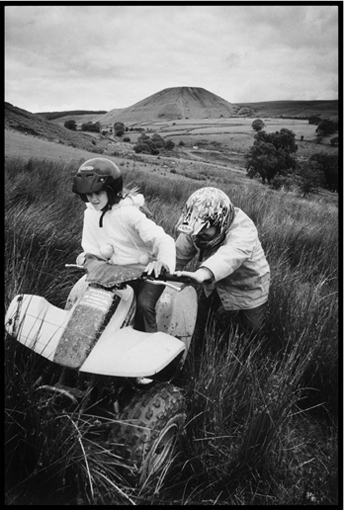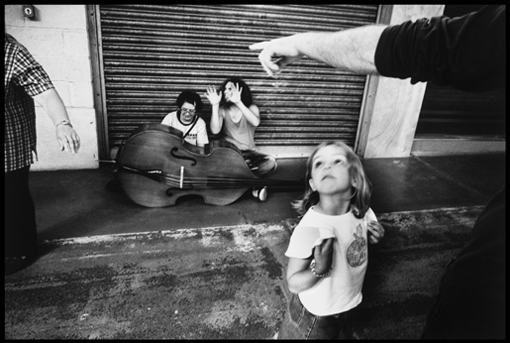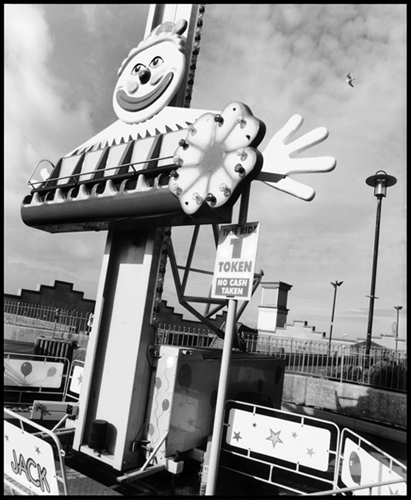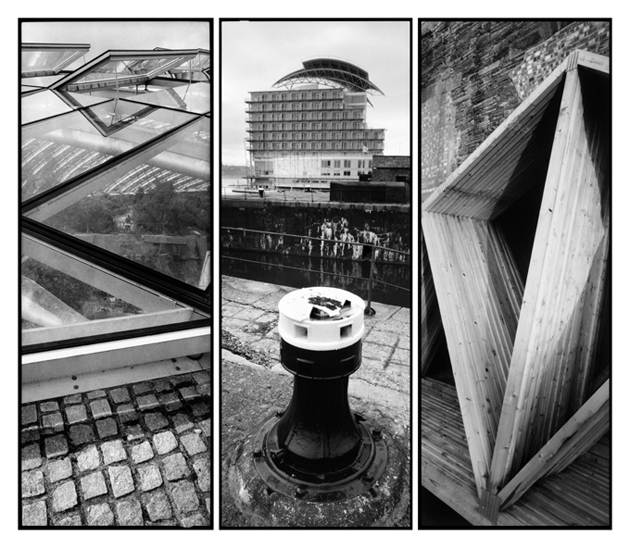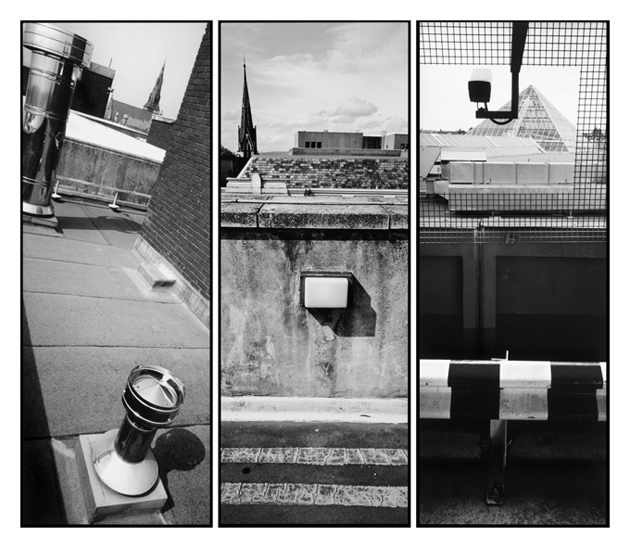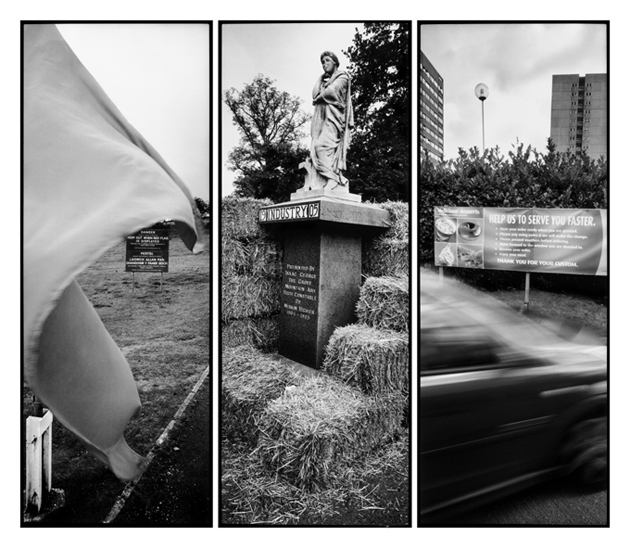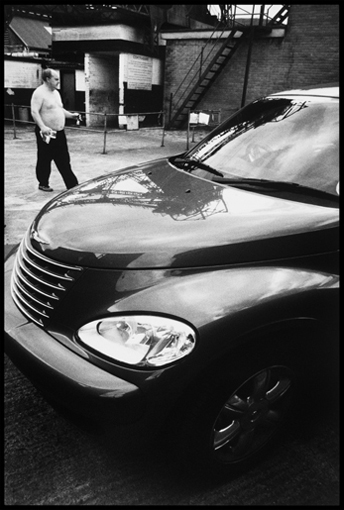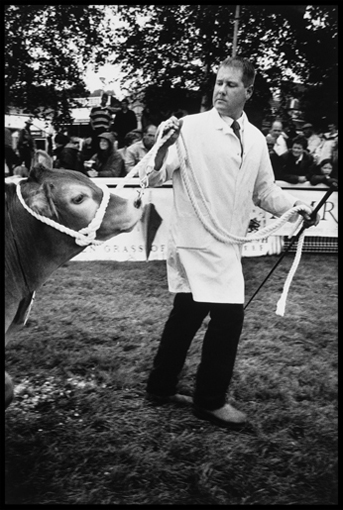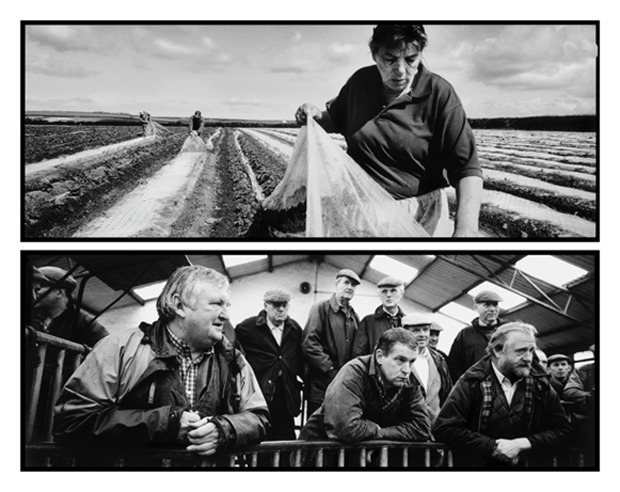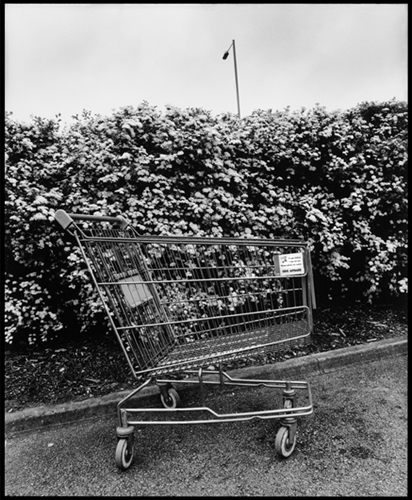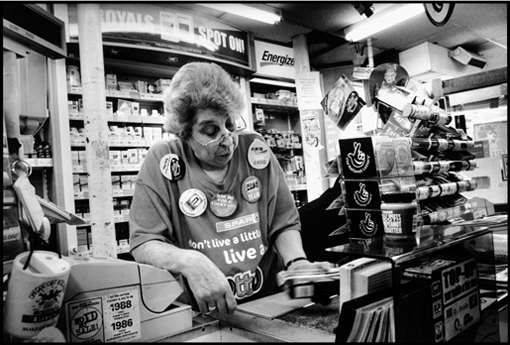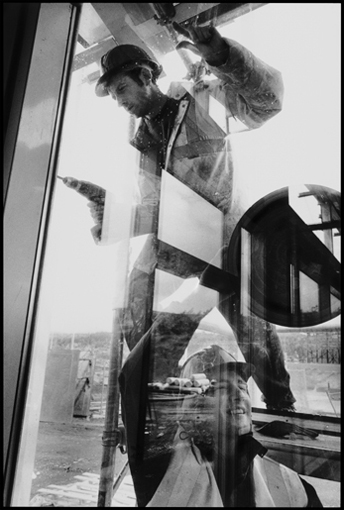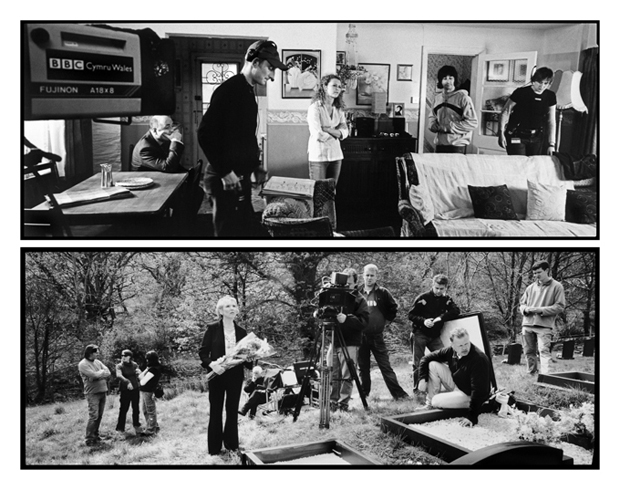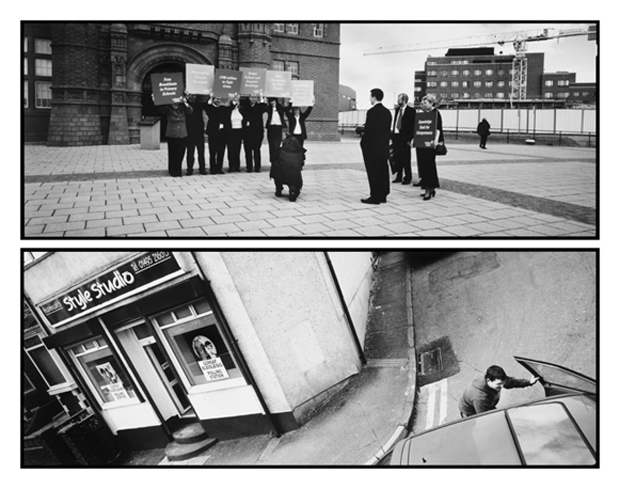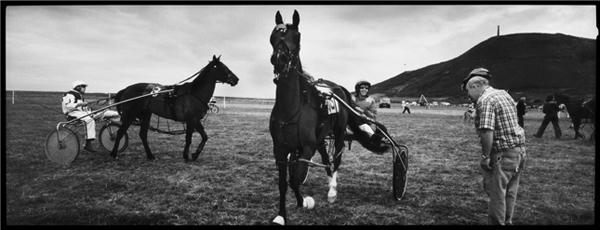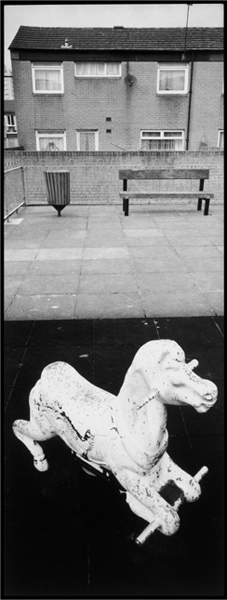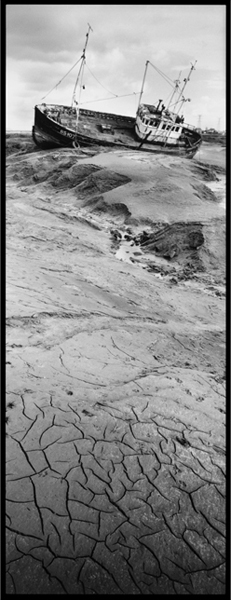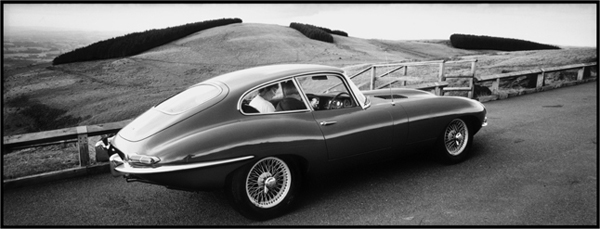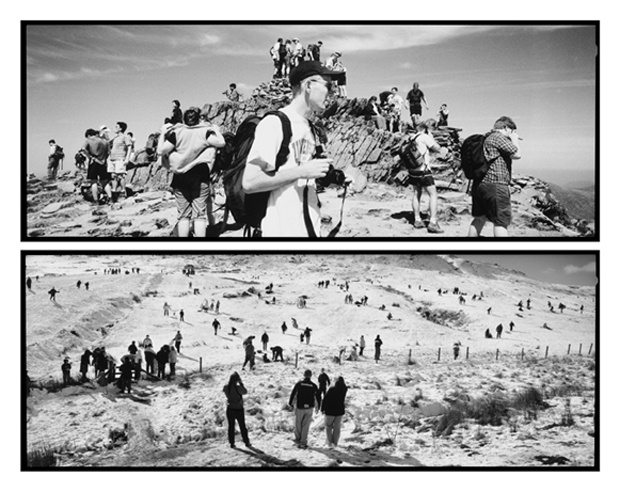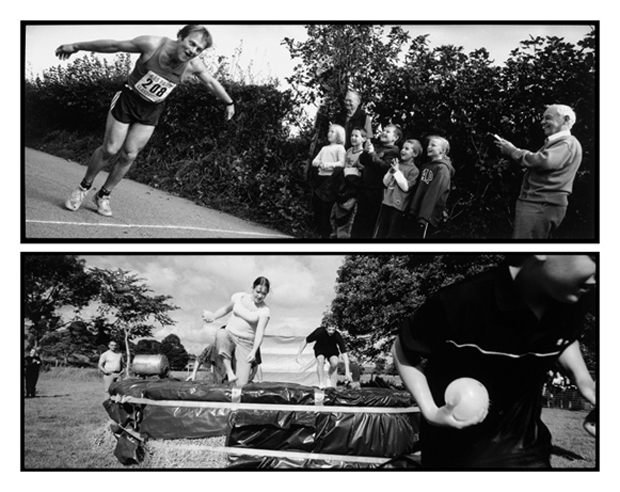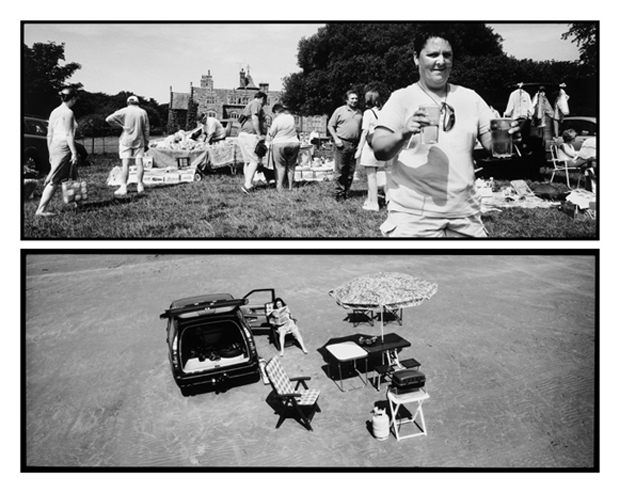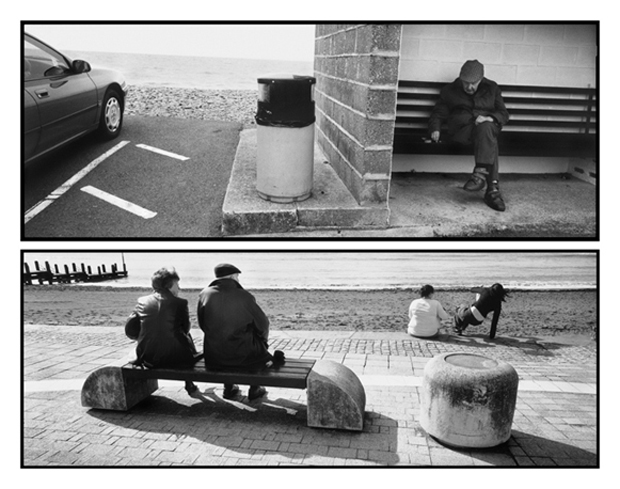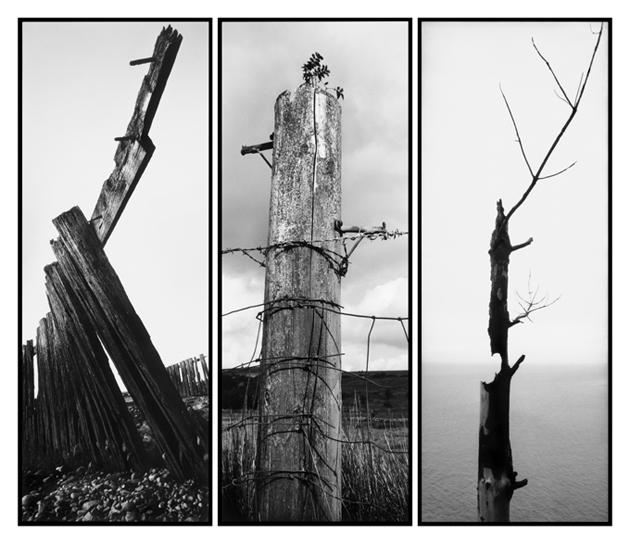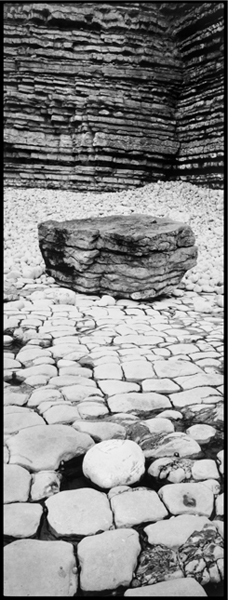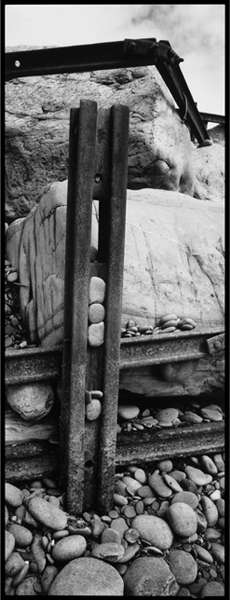When asked where I come from, I always respond ‘from Wales’. In reality, this is a simplification and only partly true. Indeed, I was born in Gwynedd, North Wales, but I have lived less than half my life in Wales and most of my adult life has been spent elsewhere. For the last 17 years I’ve worked as a professional documentary photographer and I’ve lived in various countries and spent long periods working in yet more. ‘Home’ today is Italy; many of my friends and a lot of my customers are Italian and I presently speak mainly in Italian and indeed think mainly in Italian. I am an emigrant, an “ex-pat”, an exile.
Like many of the kids in my class, I left north Wales, then one of the poorest areas in Europe, straight after school. It was 1982, unemployment was rife, Thatcher was in power, and the general atmosphere was one of ‘no future’. Rather than stop at Liverpool, London or some other UK city, I moved to the continent. Another motive for my leaving was that I mistakenly thought I lived in a uniquely claustrophobic, backward, isolated and forgotten corner of the world. Yet north Wales is also one of the most beautiful places I’ve ever seen. Over the years I have often felt “hiraeth” (Welsh for ‘nostalgia’), I have family and friends in Wales and I have missed my land and language. For many years although I tried to maintain contact with the place I rarely took photos in Wales. So 23 years after first leaving I decided the time had come to do so … before I became too old and sentimental!
Wales has changed considerably since I first left. At times I’ve felt like a total stranger. The place still feels isolated (it is in the north western corner of Europe) but less so than when I left. De-industrialization began in the second half of the 20th century, culminating with a “meltdown” during the Thatcher era, the resulting social and cultural traumas were huge. However, that atmosphere of ‘no future’ has also slowly been diluted with a new optimism and in most areas even the local economy has improved. The saddest thing I discovered (which has not changed) is that the celtic language, Welsh (officially the oldest still spoken in Europe), continues to be in steady decline.
Emigration, even mass migration, are not new phenomena and I have yet to come accross a language which doesn’t have at least one word expressing a longing for ones place of origin. Each language may have a subtle difference in concept, each language has its own melodious sound, yet each language expresses one of the most common human sentiments. Most importantly, in our ‘global era’, it is a sentiment that is inevitably bound to become even more common world-wide. For various reasons ever more individuals are destined to make new ‘homes’ in distant lands: for some it is a choice, a possibility – for others, a necessity. One advantage today, compared to even only sixty years ago, is that at some point, unless you are an illegal immigrant and/or a refugee, a return journey to the place of origin can almost be taken for granted; should it be desired.
These photographs subjectively document an emigrant’s return journey after many years absence.
